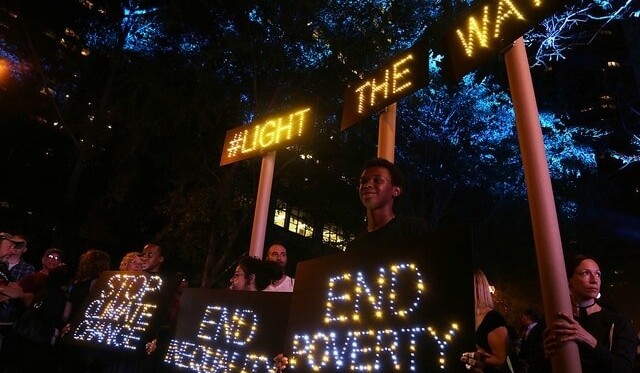It is generally agreed by most observers that the Millennium Development Goals (MDGs) have fallen short of achieving gender equality and women’s empowerment. Today, women continue to be more likely than men to live in poverty, and more than 18 million girls in sub-Saharan Africa are out of school. One of the crucial reasons for the failure of the MDGs in relation to women was their inability to address the deeply entrenched and interlocking factors that perpetuate women’s disadvantage. The new Sustainable Development Goals (SDGs), as articulated in the 2030 Agenda for Sustainable Development, constitute an improvement over the MDGs. Goal 5, which enshrines the standalone goal on gender equality, is comprised of nine specific targets, including the elimination of gender-based violence and access to reproductive health. In addition, gender equality is mainstreamed into numerous others goals. Given that the global community is now poised to implement the SDGs, the challenge is how best to integrate a transformative approach into the planning, implementation, and delivery of the specific targets so that the SDGs contribute to achieving gender equality and women’s empowerment.
The human rights framework holds significant and still underutilized potential to develop such a transformative approach to the SDGs. In particular, the four dimensional model of transformative equality pioneered by Sandra Fredman (a co author of this essay) provides such a structure for ensuring a comprehensive approach to gender equality. Using the SDG commitment to realizing gender equality in education as a case study, we show how the targets can be developed according to Fredman’s model. We argue that it offers a comprehensive methodological framework for policymaking and monitoring in relation to all of the SDGs— in both developing and developed countries. The first section of this essay reflects on the failures of the MDGs, and argues that one of the reasons for the only limited success of MDG 3 on gender equality was its inattention to the interlocking structural factors that perpetuate and deepen inequalities. Section two makes the case for the continued development of a human rights-based approach to the SDGs and maps out the four dimensional model of transformative equality. Section three applies the transformative equality framework to demonstrate how realizing gender equality in education can meaningfully contribute to realizing women’s empowerment.
Full essay available to subscribers only. Access the essay here.
More in this issue
Summer 2016 (30.2) • Essay
Democracy, Exile, and Revocation
What first caught my eye when reading Patti Lenard’s clear and carefully argued critique of citizenship revocation was a claim at the end of ...

Summer 2016 (30.2) • Essay
Equality as a Global Goal
The MDGs were often criticized for having a “blind spot” with regard to inequality and social injustice. Worse, they may even have contributed to entrenched ...

Summer 2016 (30.2) • Essay
The Possibilities and Pitfalls of Humanitarian Drones
What comes to mind when we hear the word “drone”? For many of us, it is the image of a General Atomics MQ-1B Predator ...